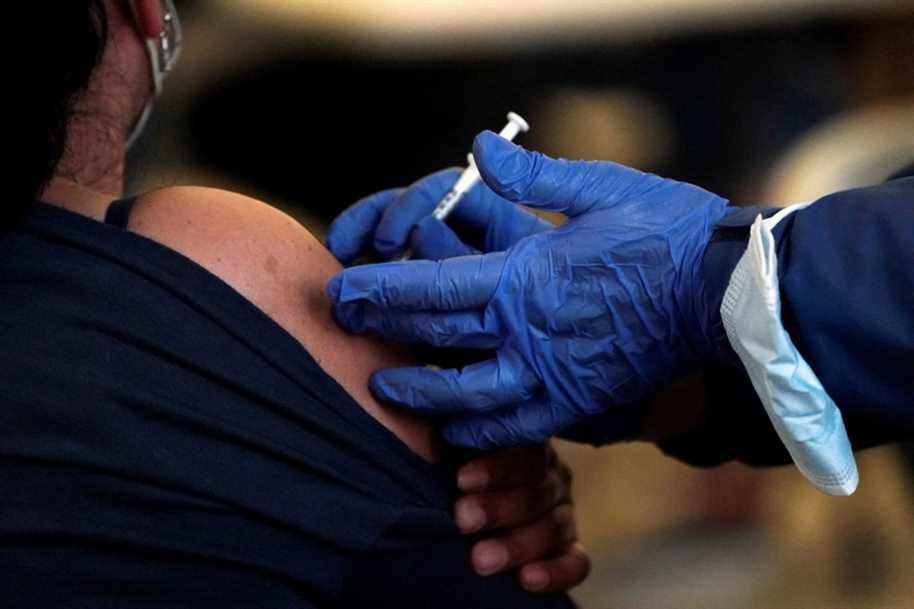(Washington) Immediately after receiving a vaccine against COVID-19, the menstrual cycle of women, that is to say the period between day I of the period, is lengthened by less than a day on average, an effect not serious and which appears as temporary, according to a new study released Thursday.
The length of periods itself is not affected by vaccination, according to research conducted in the United States on nearly 4,000 women.
This study should in particular make it possible to reassure those who have observed changes in their cycle after a vaccine injection. It will also make it possible to oppose clear and solid data – the first on the question – to the fears and false claims that have circulated on social networks.
The results “are very reassuring,” Alison Edelman, lead author of the study and professor of obstetrics and gynecology at Oregon Health & Science University, told AFP.
“We do not find any clinically significant change in the length of the menstrual cycle associated with the vaccination against COVID-19”, also poses the study, funded by the National Institutes of Health (NIH) and published in the journal Obstetrics & Gynecology.
Any change lasting less than eight days is considered normal by the International Federation of Gynecology and Obstetrics, she recalls.
If a cycle generally lasts about 28 days, this duration varies from one woman to another, but also in a woman during her life. The duration can for example change during times of stress.
For their work, the scientists analyzed the data filled in by women aged 18 to 45, and not using contraception, on an application used to monitor their cycles (for example to know their fertility periods), validated by the United States Medicines Agency.
They looked at the cycle length of some 2,400 people vaccinated – mostly with Pfizer (55%), but also with Moderna (35%) and Johnson & Johnson (7%).
In addition, 1,500 unvaccinated people were included in the study as a point of comparison.
Six consecutive cycles were studied in all participants, but for the first group, a vaccine injection was received during the fourth cycle.
Interconnected systems
Results: between the first three cycles and the fourth, an increase in duration was indeed observed in the vaccinated group, but of less than one day (0.64 days).
For the cycle in which the second dose was received (the fifth for the majority of participants), the increase was somewhat more pronounced, but still less than a day on average (0.79).
What is this change due to?
“We know that the immune and reproductive systems are interconnected,” says Alison Edelman.
However, vaccines create a strong immune response. This response affects the hypothalamic pituitary-ovarian axis, which the specialist describes as “the communication highway between the brain, the ovaries and the uterus”.
This axis helps regulate the menstrual cycle, which is why the researcher also gives it the nickname “body clock”.
With vaccination, “you release proteins called cytokines, which we know from other diseases can disrupt this body clock,” she explains.
The change also appears to be more pronounced when the vaccination is carried out “early in the follicular phase” (starting on the first day of menstruation and continuing until the moment of ovulation).
Indeed, by isolating the people who received the two injections of Pfizer or Moderna during their fourth cycle – and not on two different cycles -, the increase in the duration of the cycle was this time of two days.
“Individuals who received two doses of COVID-19 vaccine in the same cycle appear to experience a longer variation in cycle length, but temporary,” the study authors detail.
In these people, in the sixth cycle, the duration was again comparable to that of the first three (the change was only 0.17 days).
Scientists hope to have gathered more data on subsequent cycles very soon to confirm this return to normal. They also collect data globally, so that they can distinguish the effects of multiple vaccines.
